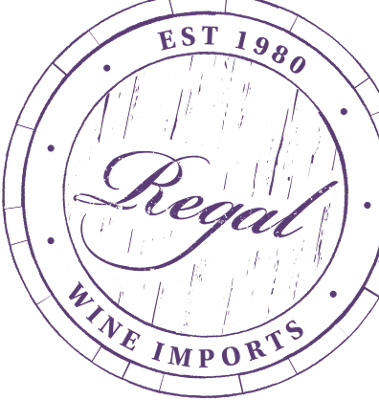Winery Overview
Since 1875, the Vigneau-Chevreau family has farmed the chalky soils of the Vouvray domaine and has passed down the tradition through five generations. The late Jean-Michel Vigneau was the first to estate bottle the wines, and he began steering the family domaine in an organic direction. In the 1990s, Jean-Michel’s sons, Christophe and Stéphane, took the next step by adopting biodynamic practices in the vineyard. Thanks to their efforts, Vigneau-Chevreau has been practicing biodynamic farming since 1995 and achieved organic certification from Ecocert in 1999. Firm believers in tapping into the natural rhythms between the earth and its atmosphere, the brothers employ all the biodynamic farming principles, including the scheduling of specific vineyard work according to the Maria Thun lunar calendar and use of homeopathic preparations for both vines and soil. They have not pursued biodynamic certification, however, due to the additional expense. Over the years, the vineyard has grown from 12 acres/5 hectares to 81 acres/33 hectares. About 99% of the vineyards are planted with Chenin Blanc, with a touch of Pinot Noir and Grolleaux that stay with the family. Christophe and Stéphane make four categories of Vouvray: sparkling, sec, demi-sec and moelleux (sweet). The young vines give more quantity of grapes than the old ones and are therefore reserved for champagnization. In a typical year, sparkling wine makes up over half their production. The older vines (over 30 years old) produce grapes for still wines which can be dry, semi-dry or sweet, depending on the richness of the harvest and the different terroirs. Vinification is carried out by the family in typical barrels of the area (Demi-Muids). The Vigneau boys also control the historic Abbey of Marmoutier. One of the grandest churches in western Europe during medieval times, the Abbey hosted popes and kings. However, over the centuries, the abbey and its vineyard fell into disrepair, with the final blows being dealt by the French Revolution and the ravages of phylloxera. In the early 1990s, Vigneau-Chevreau was awarded vineyard rights to the Clos (for 50 years) in exchange for restoring it to its original grandeur. The site was replanted with a careful selection of vines from Vigneau-Chevreau’s best terroirs. The results have been impressive.
